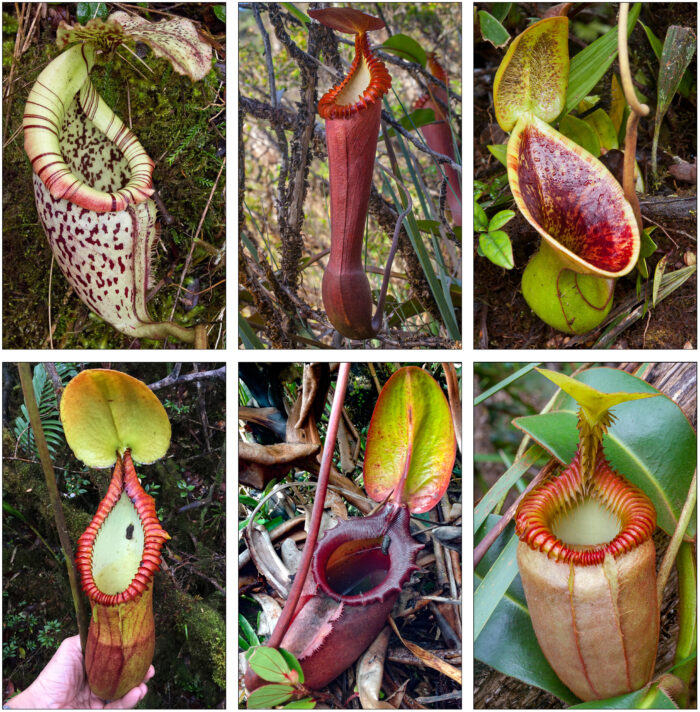Plants come in many sizes and styles. But for all of their variations, they still have a lot in common with each other.
From cactus to rosebush, apple tree to grass, they are each rooted to a spot in the ground and they all use a process called photosynthesis to make their own food from sunlight, carbon dioxide, and water.
The one small exception: carnivorous plants. These plants capture animals—generally insects or other small arthropods like spiders—and 'eat' them for nutrients. (They do not chew and swallow them as animals do, but instead trap and then use enzymes to break down their prey.)
The reason that these plants have evolved to do this? The soils that they grow in lack certain essential nutrients, such as nitrogen, that most soils have. So while they still use photosynthesis for energy, they make up for what they don't get from the soil by eating these animals.
A new study led by botanist Alastair Robinson out of the Royal Botanic Gardens Victoria in Australia has found that certain carnivorous plants are supplementing their diet even further.
By eating poop.
Species of a pitcher plant called Nepenthes is capturing animal droppings and turning them into their version of a daily vitamin!
It's not that weird!
A tractor spreads manure across farmland, which is a big part of keeping the soil healthy. (Getty Embed)
Okay, okay, we know. GROSS.
But if you've ever worked on a farm or in a garden, you'll know that one of the most valuable commodities is manure, a.k.a. animal poop.
Nitrogen, potassium, phosphorus, calcium, magnesium, sulphur: all of these elements are abundant in manure. That's why farmers find it so valuable. And also why a big part of what makes for healthy soil is having animals pooing in it.
Earthworms, for example, are part of healthy soil because they a) dig holes through it to bring plenty of air into the soil, and b) leave tiny trails of poop everywhere.
But what do you do when the soil is unhealthy and you don't have farmers adding manure to it? Well, we guess you open up and wait for some creature to to, uh, poop?
Less bugs
Venus flytraps, which were not a part of this study, are some of the most famous carnivorous plants. (Getty Embed)
Okay, true. Still pretty gross. But according to this study, it's effective.
Normally, the Nepenthes pitcher plant works like this. At its centre is a large bowl, filled with a pool of digestive enzymes. Around the edge of the bowl, is a slippery curved surface with downward pointing spines. Bugs that walked along the edge slip and fall into the bowl and are unable to climb back out.
At least, that's how it was supposed to work. But in the high altitude habitat of Nepenthes, insects have become less plentiful. This meant that these plants weren't getting enough nitrogen. What now?
When you gotta go...
High-altitude, or mountainous, pitcher plants can't always rely on insects for nutrients. (Getty Embed)
The Nepenthes plants is essentially designed a bit like a toilet. And now, according to research, these plants have turned from eating insects to relying on having small mammals, like the mountain tree shrew, poop in the plant's bowl as they feed.
The list of animals also includes rats, bats, and birds. And as unappealing as it might seem, the results really benefit the plant. They are able to absorb twice the amount of nitrogen as they would have if they were only eating insects.
All of which goes to show that the cycle of life can be a truly surprising one—and that one creature's waste is another's treasure!
 This collection of carnivorous pitcher plants are some of the species observed in the study. And yes, some of them have poop in this picture! (Alastair Robinson)
This collection of carnivorous pitcher plants are some of the species observed in the study. And yes, some of them have poop in this picture! (Alastair Robinson)









